Black swallowtail larval food
sahmbo
13 years ago
Related Stories
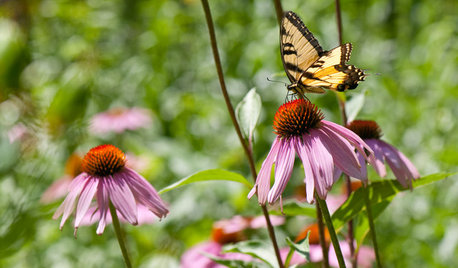
GARDENING GUIDESEntice Eastern Tiger Swallowtails With Summer Flowers
Grow nectar-rich native bloomers and larval host plants for these endearing butterflies
Full Story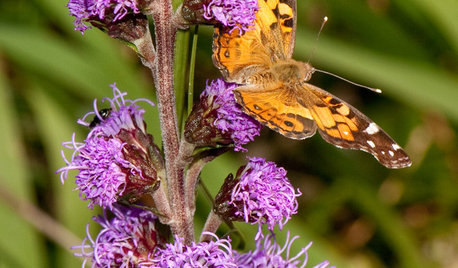
GARDENING GUIDESAmerican Lady Butterflies Add Delight to Summer Gardens
Provide native nectar and larval host plants to welcome these migratory butterflies
Full Story
GARDENING GUIDESPrunus Virginiana Thrives Under Deciduous Trees
Plant chokecherry for showy white flowers favored by native bees in spring, and to provide nesting habitat and food for birds
Full Story
GARDENING FOR BUTTERFLIESGardening for the Bees, and Why It’s a Good Thing
When you discover how hard bees work for our food supply, you may never garden without them in mind again
Full Story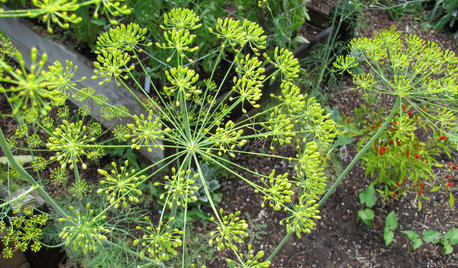
EDIBLE GARDENSHerb Garden Essentials: Grow Your Own Tasty, Frilly Dill
Flavor your food and attract butterflies with easy-care (and pretty) dill in the garden
Full Story
GARDENING GUIDESGreat Design Plant: Silphium Perfoliatum Pleases Wildlife
Cup plant provides structure, cover, food and water to help attract and sustain wildlife in the eastern North American garden
Full Story
GARDENING GUIDES6 Plants That Beat Butterfly Bush for the Wildlife Draw
It's invasive, a nonnative and a poor insect magnet. Check out these better alternatives to butterfly bush in the garden
Full Story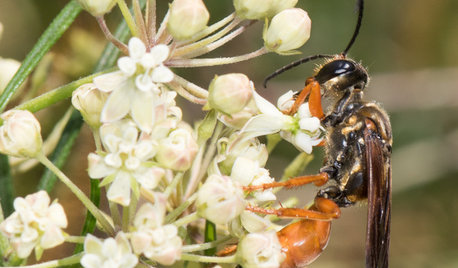
GARDENING GUIDESGreat Design Plant: Asclepias Verticillata
Plant whorled milkweed in dry central and eastern U.S. gardens to attract monarch butterflies and other insect pollinators
Full Story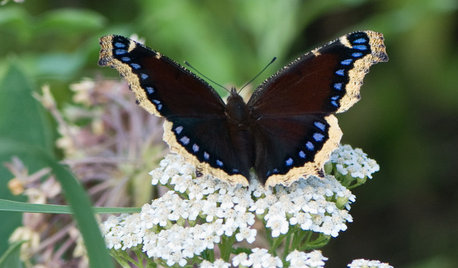
GARDENING GUIDESMourning Cloak Butterflies Herald Spring
These butterflies feed at tree-sap flows in spring and visit native plant flowers for nectar in early summer
Full Story
GARDENING FOR BUTTERFLIESGarden for Wildlife to Reap Rich Rewards
When you plant with animals and insects in mind, you make gardening easier, the planet healthier and yourself more present
Full StoryMore Discussions







annainok
runmede
Related Professionals
Canton Landscape Contractors · Stoughton Landscape Contractors · Lady Lake Landscape Contractors · Wickliffe Landscape Contractors · Winchester Landscape Contractors · Casselberry Landscape Contractors · Camp Springs Landscape Contractors · Englewood Fence Contractors · Glenpool Fence Contractors · Sacramento Fence Contractors · West Bend Fence Contractors · Woodland Fence Contractors · Eastvale Window Contractors · Enumclaw Window Contractors · Spanaway Window Contractorsrunmede
jrcagle
annainok
sahmboOriginal Author
fighting8r
MissSherry
jrcagle
butterflymomok
runmede
fighting8r
runmede
cdsetx8
butterflymomok
docmom_gw
finchelover
instar8
fighting8r
terrene
fighting8r
Tony G
terrene